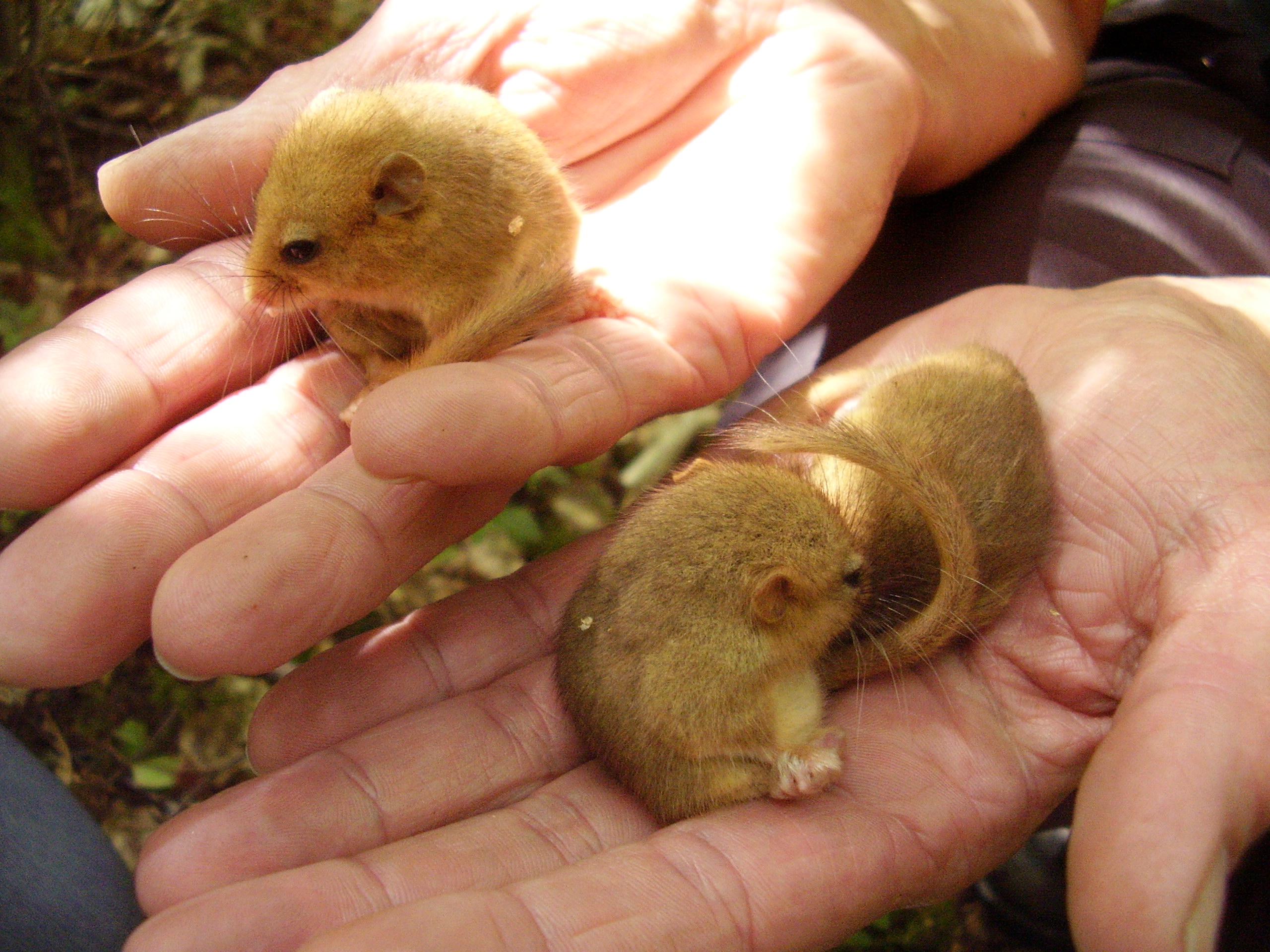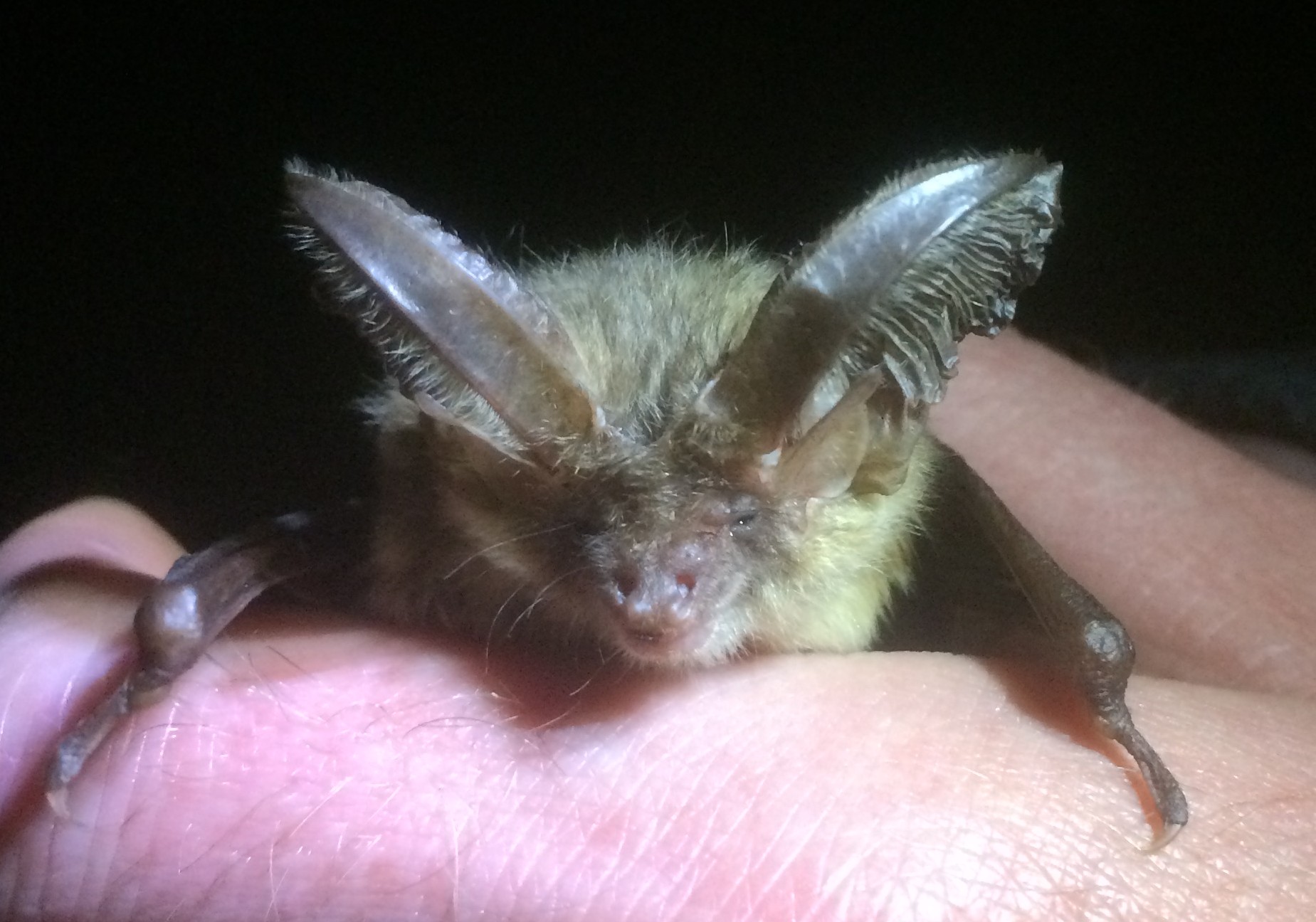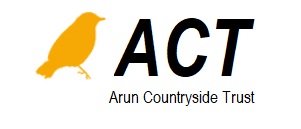Press release by Mid Arun Valley Environmental Survey (6 Oct 2017)

A new report, comparing the damage from the three proposed Arundel Bypass routes (Options 1, 3 and 5A), shows that the controversial Option 5A, through Binsted village and Binsted Woods, is the most damaging to habitats and protected species. Option 3 is also shown to be extremely damaging; Option 1 less so.
The report, commissioned by the Mid Arun Valley Environmental Survey (MAVES) from ecological consultant Jackie Thompson of Wildlife Splash, shows that damage to habitats from Option 1 was scored at 24, from Option 3 was scored at 54, and from Option 5 was scored at 78. For damage to protected species, Option 1 scored 60, Option 3 scored 93, Option 5A scored 108. The scoring system is a simple way of assessing impacts on the complex natural world around us: a higher score means worse damage.
‘Options 5A and 3 stand out as the most damaging of the three routes, to the ecology of this beautiful area’, said Julia Plumstead, chair of MAVES, 'with more designated ancient woodland impacted by Option 3, and more variety of important habitats and protected species impacted by Option 5A - either would be extremely damaging. This new appraisal gives a much better understanding of the impacts than Highways England's unhelpful statement that the three routes all score Major Adverse in environmental terms.’
How could 5A score the worst, when it goes through less woodland? ‘The area affected by 5A is of rich biodiversity value’, explained Julia. ‘Binsted Woods, the 100-hectare western area of woodland, is high quality semi-natural broad-leaved woodland. Two of its richest Ancient Woodland areas, adding up to 20 hectares, would be cut off from the main block by Option 5A - Hundred House Copse and Lake Copse.’ Julia added that the 5A route, mostly round the edge of the woodland area, would sever the woodland from the habitat corridors that are its lifelines into the wider countryside. ‘Many species rely on foraging, breeding or hibernation sites outside the woodland’, said Julia. ‘There is good access to these in the 5A area.’
‘In addition, two important chalk streams would be cut off by 5A. These are a rare and irreplaceable habitat, together with a number of other streams draining the woodland and impacting on wildlife far downstream. The chalk springs and seepages of Hundred House Copse, an Ancient Woodland habitat with rare species, would also be destroyed or degraded.’
Highways England’s consultation evidence has not looked at the quality of the woodland affected by the routes, but only the quantity. This has led some to think, mistakenly, that Option 5A is less damaging. This mistake appears to have influenced West Sussex County Council and Arun District Council to support Option 5A. But the survey data analysed by MAVES' Jackie Thompson shows that both 5A and 3 are extremely damaging.
Jackie Thompson also reviewed the environmental assessments of the bypass carried out by Highways England’s own consultants. She found them to be based on insufficient surveys and out-dated records; also entirely omitting important habitats. ‘Such deeply flawed evidence, not truly representing the potential impacts, has led people to mistaken conclusions’, said Julia.
 Above: hazel dormice being monitored by MAVES surveyors in Binsted Woods
Above: hazel dormice being monitored by MAVES surveyors in Binsted Woods
Left: brown long-eared bat being monitored by MAVES surveyors in Binsted Woods
MAVES' aim is to understand, record and conserve the ecology of the whole Mid Arun Valley area. MAVES is concerned about the ecological impact of all the proposed routes and will be providing evidence to the Consultation. More information is available on www.aruncountryside.org
Contact details: Julia Plumstead, MAVES Chair, 07786 540889 juliaplumstead1@gmail.com
